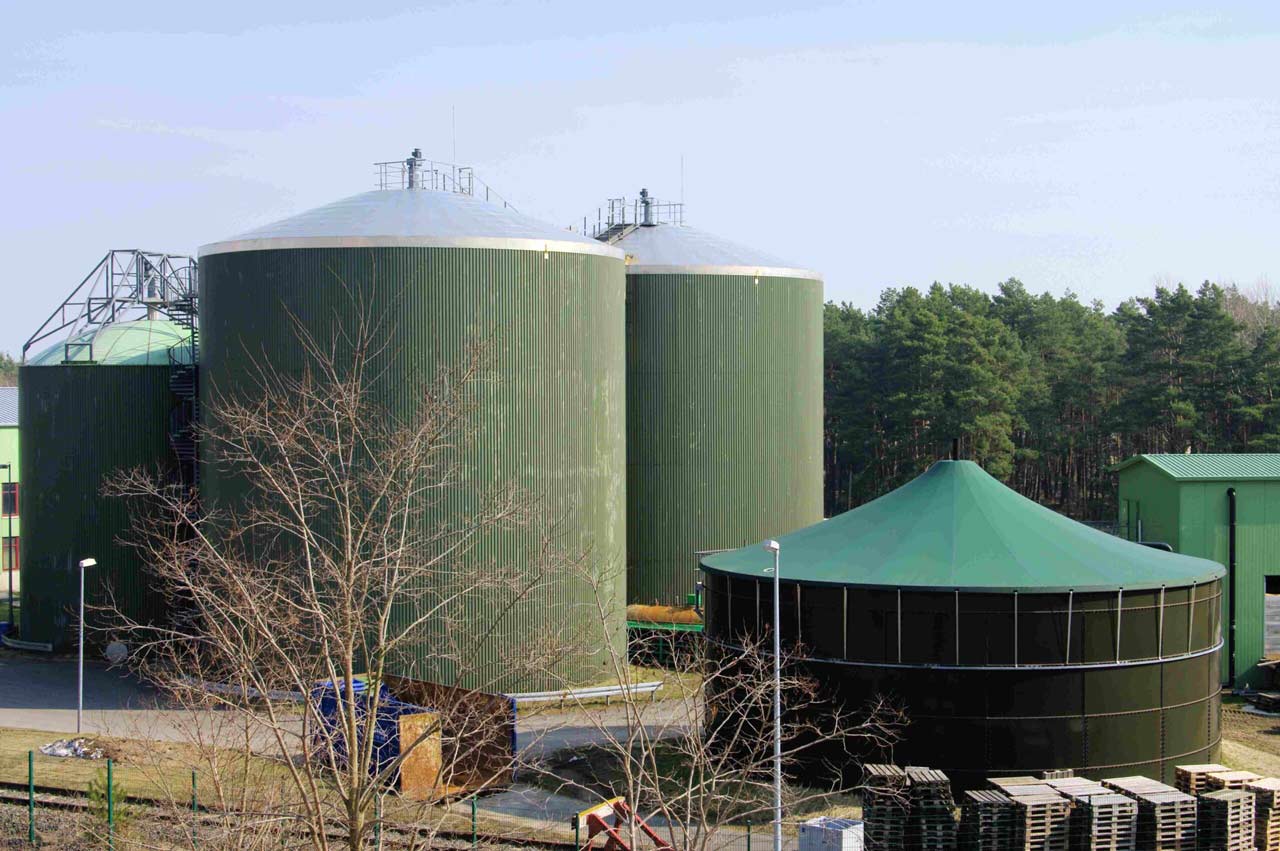
August 13, 2025
Wastewater
Anaerobic Treatment of Wastewater and Different Reactor Types
Wastewater, which contains a large number of toxic chemicals, is treated well before being released into the environment to prevent harm to humans, animals, and plants.
The anaerobic process is one of the most effective and efficient biological methods for treating wastewater, where microorganisms break down organic matter.
The process is undertaken in the absence of oxygen.
With increasing industrialization and urbanization, a large amount of effluents is generated, which contains high organic content.
Anaerobic treatment is considered the most suitable method for treating organic matter.
The simple and inexpensive technology makes it popular among Effluent Treatment Plants – ETPs.
This process treats a wide range of industrial waste, biowaste, animal manure, sewage, waste from agricultural, dairy, pulp, food, textile, and municipal solid waste sources.
One of the major highlights of anaerobic wastewater treatment is that it consumes less energy and produces biogas as a byproduct.
Most, if not all, anaerobic treatment processes involve some form of bioreactor, which helps maintain an oxygen-free environment and assists in anaerobic digestion.
Generally, the bioreactor contains sludge, which contains a community of anaerobic bacteria that act upon wastewater as it enters the bioreactor.
The first step involves the hydrolysis of complex organic and biodegradable material to basic monomers, organic acids, and hydrogen.
Secondly, the acetogenesis step follows, where volatile organic compounds are converted into acetate and hydrogen.
Finally, methanogenesis occurs when methanogens produce methane and carbon dioxide.
Necessary environmental conditions are crucial for the anaerobic degradation of organic matter.
Depending upon the applications and requirements, a variety of bioreactor configurations are designed and developed for the anaerobic treatment of wastewater.
Some of the common types of anaerobic wastewater treatment reactors are elucidated below: –
1. Anaerobic contact process
A set of reactors is placed in series with the recycling process.
The recycled material is taken to the bottom of the first reactor, which is an up-flow reactor.
The material leaving is a mixture of solid, liquid, and gas; therefore, a vacuum degasifier is used to separate the gas.
2. Anaerobic filter – AF
These reactors consist of a tank fitted with a fixed filer media, which ranges from plastics, gravels, bricks, or other materials.
The anaerobic microorganisms establish themselves on the filter media, generating what is known as a biofilm.
In the AF reactor, wastewater is made to pass through the filter, exposing it to microbes.
It has a high capability for biosolid retention and is widely used in the food processing, pharmaceutical, and chemical industries.
3. Fluidized and expanded bed reactors
It comprises small media, such as sand or granular activated carbon.
The bacteria are attached to it.
Large biomass can be developed due to mass transfer and high flow rate around the particles.
Due to their small size, fluidized bed reactors are highly efficient.
One of the most utilized bioreactor types is the Upflow Anaerobic Sludge Blanket Digestion (UASBD).
4. UASB – Upflow anaerobic sludge blanket digestion
It is one of the most utilized bioreactor types in anaerobic wastewater treatment.
UASB is a methane-producing anaerobic bioreactor that has undergone significant development and gained widespread acceptance.
The wide range of applications for municipal wastewater treatment and industrial wastewater treatment, particularly in the food, chemical, and pulp industries, has made it a popular choice.
Anaerobic microorganisms process it and form a blanket of granular sludge.
The treatment process consists of a sludge bed and a sludge blanket.
The wastewater flows upwards through the blanket and is broken down by the anaerobic microorganisms.
The upward flow, combined with the settling action of gravity, suspends the blanket with the aid of flocculants.
The sludge bed consists of a high concentration of biomass, through which substrates pass.
The sludge blanket contains biomass with lower density, through which the remaining substrate passes.
The blanketing of the sludge enables a dual solid and hydraulic (liquid) retention time in the digesters.
Solids requiring a high degree of digestion can remain in the reactors for periods of up to 90 days.
Sugars dissolved in the liquid waste stream can be converted into a gas quickly in the liquid phase, which can exit the system within a day.
The technology requires constant monitoring when in use to ensure that the sludge blanket is maintained and not washed away.
Biogas with a high concentration of methane is produced as a by-product, and this may be captured and used as an energy source to generate electricity and cover its running power.
It features a three-phase separator called GLSS – Gas, Liquid, Solid Separator- which helps the reactor separate solid, liquid, and gas under highly turbulent conditions.
The multiple gas hoods allow the separation of biogas.
As mentioned earlier, for effective use, microorganisms are required to convert organic material into biogas through the processes of hydrolysis and acidification.
Organica Biotech’s wastewater treatment solutions comprise a diverse & well-balanced ecosystem of bacteria for wastewater treatment.
The natural and effective solution supports biogas production, and its output can also be significantly enhanced.
It is powerful against odour and maximizes COD/BOD reduction.
It is effective in various industries, including chemical, pharmaceutical, petrochemical, food processing, paper and pulp, breweries, milk, dairy & cheese processing, as well as fisheries & meat processing units, among others.
Also read
- https://organicabiotech.com/odour-control-the-little-known-secret-to-successful-wastewater-treatment/
- https://organicabiotech.com/wastewater-treatment-leaves-etp-smelling-roses/
- https://organicabiotech.com/green-wastewater-treatment-that-treats-all-colours-equally/
- https://organicabiotech.com/wastewater-treatment-in-chemicals-industry/
- https://organicabiotech.com/what-is-biological-wastewater-treatment-and-how-effective-it-is/
- https://organicabiotech.com/wastewater-treatment-that-works-every-time/
Recent Blogs